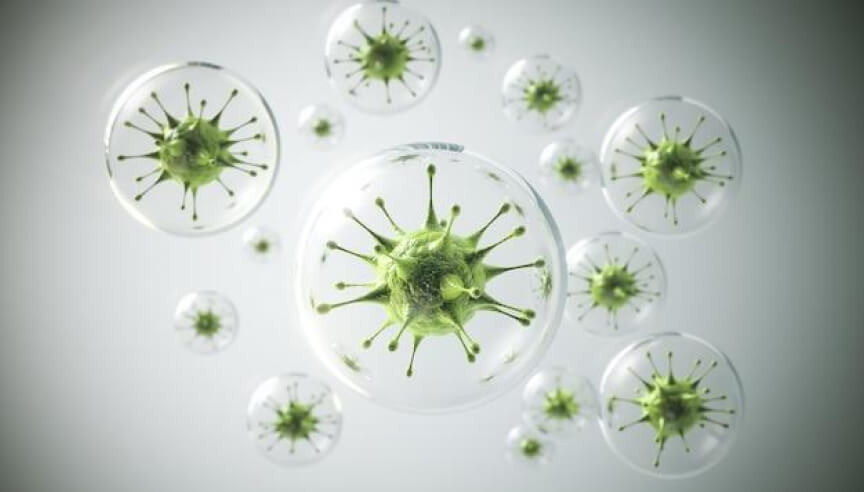Recent Posts
Understanding the Bacteria UV Can Kill in Water Treatment

The Power of Light: Understanding the Bacteria UV Can Kill in Water Treatment
In the realm of water treatment, ultraviolet (UV) disinfection has emerged as a highly effective and environmentally friendly method for eliminating harmful microorganisms. UV light, specifically in the UV-C spectrum, possesses the unique ability to neutralize a wide range of bacteria, providing a reliable solution for ensuring the safety and purity of water supplies. Let’s delve into the fascinating world of UV disinfection and explore the bacteria it can effectively target and kill.
- Escherichia coli (E. coli):
E. coli is a common bacterium found in water sources contaminated with fecal matter. UV disinfection effectively targets and destroys E. coli, preventing the spread of waterborne diseases such as diarrhea and gastrointestinal illnesses. - Salmonella:
Salmonella is another harmful bacterium that can cause serious gastrointestinal infections in humans. UV light disrupts the DNA of Salmonella bacteria, rendering them unable to replicate and infect individuals through contaminated water. - Legionella:
Legionella bacteria are responsible for causing Legionnaires’ disease, a severe form of pneumonia. UV disinfection is an effective method for controlling Legionella in water systems, mitigating the risk of outbreaks in settings such as hospitals, hotels, and industrial facilities. - Campylobacter:
Campylobacter is a leading cause of bacterial gastroenteritis worldwide. UV treatment effectively inactivates Campylobacter bacteria, reducing the incidence of waterborne illness associated with contaminated drinking water. - Cryptosporidium:
Cryptosporidium is a waterborne parasite that can cause gastrointestinal illness, particularly in individuals with weakened immune systems. UV disinfection is highly effective in destroying Cryptosporidium oocysts, ensuring the safety of drinking water. - Giardia:
Giardia is another waterborne parasite that can cause gastrointestinal infections. UV treatment targets and eliminates Giardia cysts, preventing the transmission of this parasite through contaminated water sources. - Shigella:
Shigella bacteria are responsible for causing shigellosis, a diarrheal disease that can be transmitted through contaminated water and food. UV disinfection effectively inactivates Shigella, reducing the risk of outbreaks in communities and households. - Vibrio cholerae:
Vibrio cholerae is the bacterium responsible for causing cholera, a severe diarrheal disease with potentially fatal consequences. UV treatment is highly effective in destroying Vibrio cholerae, contributing to the prevention and control of cholera outbreaks in regions with inadequate sanitation. - Pseudomonas aeruginosa:
Pseudomonas aeruginosa is a common waterborne bacterium that can cause infections in individuals with compromised immune systems. UV disinfection effectively targets and eliminates Pseudomonas aeruginosa, reducing the risk of waterborne infections in healthcare settings and recreational water facilities. - Staphylococcus aureus:
Staphylococcus aureus is a bacterium commonly found in water sources contaminated with human or animal waste. UV disinfection effectively inactivates Staphylococcus aureus, contributing to the overall safety and cleanliness of drinking water supplies.
In conclusion, ultraviolet disinfection is a powerful and versatile method for eliminating a wide range of bacteria in water treatment. From common pathogens like E. coli and Salmonella to waterborne parasites like Cryptosporidium and Giardia, UV light effectively targets and destroys harmful microorganisms, ensuring the safety and purity of drinking water supplies for communities worldwide.
